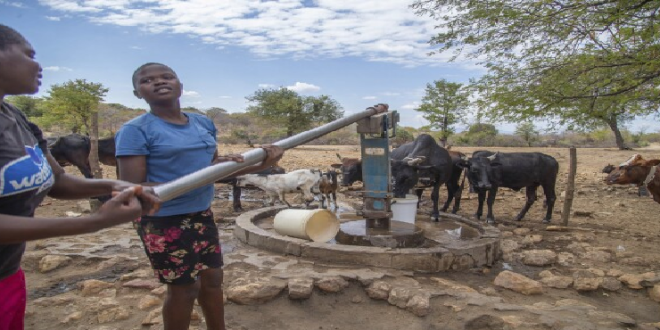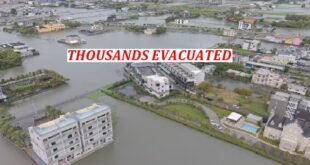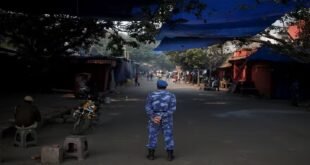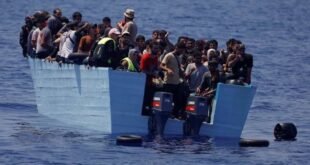17-10-2024
GENEVA: Millions of people across southern Africa are facing the worst food crisis in decades, the World Food Program (WFP) said on Tuesday, warning that its ability to provide relief risks being stymied by funding shortfalls.
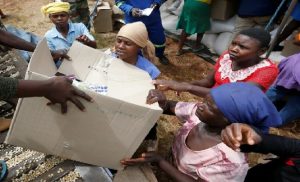 Amid unprecedented drought conditions, a record five countries Lesotho, Malawi, Namibia, Zambia and Zimbabwe have declared a state of disaster and called for international humanitarian support, the UN agency said. Angola and Mozambique are also badly affected and around 21 million children are malnourished.
Amid unprecedented drought conditions, a record five countries Lesotho, Malawi, Namibia, Zambia and Zimbabwe have declared a state of disaster and called for international humanitarian support, the UN agency said. Angola and Mozambique are also badly affected and around 21 million children are malnourished.
“Unless we receive additional resources, millions of people risk going through the worst lean season in decades without assistance,” WFP spokesperson Tomson Phiri told a Geneva press briefing.
The agency is planning to provide food and, in some cases, cash assistance to more than 6.5 million people in the seven hardest-hit countries to cover the period until the next harvest in March.
The WFP said, however, that it had only received about a fifth of the $369 million it needed.
“Crops failed, livestock has perished and children are lucky to receive even one meal per day. The situation is dire, and the need for action has never been clearer,” said Phiri.
The five countries that declared drought-related disasters have pleaded for international aid, while Angola on the west coast of Africa and Mozambique on the east coast are also “severely affected,” Phiri said, showing the extent to which the drought has swept across the region.
“The situation is dire,” Phiri said. He said the WFP needs around $369 million to provide immediate help but has only received a fifth of that amid a shortfall in donations. The WFP has begun helping with food assistance and other critical support at the request of various governments in the region, he said.
Phiri said southern Africa’s crisis came at a time of “soaring global needs,” with humanitarian aid also desperately required in Gaza, Sudan and elsewhere.
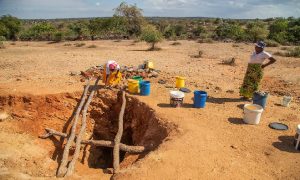 Other aid agencies have said the drought in southern Africa is especially harsh, with the United States aid agency, USAID, saying in June it was the most severe drought in 100 years during the January to March agricultural season, wiping out swathes of crops and food for millions.
Other aid agencies have said the drought in southern Africa is especially harsh, with the United States aid agency, USAID, saying in June it was the most severe drought in 100 years during the January to March agricultural season, wiping out swathes of crops and food for millions.
El NiNo, a weather phenomenon which warms parts of the central Pacific, has different impacts on weather in different parts of the world. The latest El Niño formed in the middle of last year and ended in June. It was blamed, along with human-caused climate change and overall ocean warmth, for a wild 12 months of heat waves and extreme weather.
In southern Africa, food prices have risen sharply in many areas affected by the drought, increasing the hardship. The drought has also had other damaging effects.
Zambia has lost much of its electricity and has been plunged into hours and sometimes days of blackouts because it relies heavily on hydroelectric power from the huge Kariba Dam. The water level of the dam is so low that it can hardly generate any power. Zimbabwe shares the dam and is also experiencing power outages.
Authorities in Namibia and Zimbabwe have resorted to killing wildlife, including elephants, to provide meat for hungry people.
Scientists say sub-Saharan Africa is one of the most vulnerable parts of the world to climate change because of a high dependency on rain-fed agriculture and natural resources. Millions of African livelihoods depend on the climate, while poor countries are unable to finance climate-resilience measures. (Int’l Monitoring Desk)
 Pressmediaofindia
Pressmediaofindia
